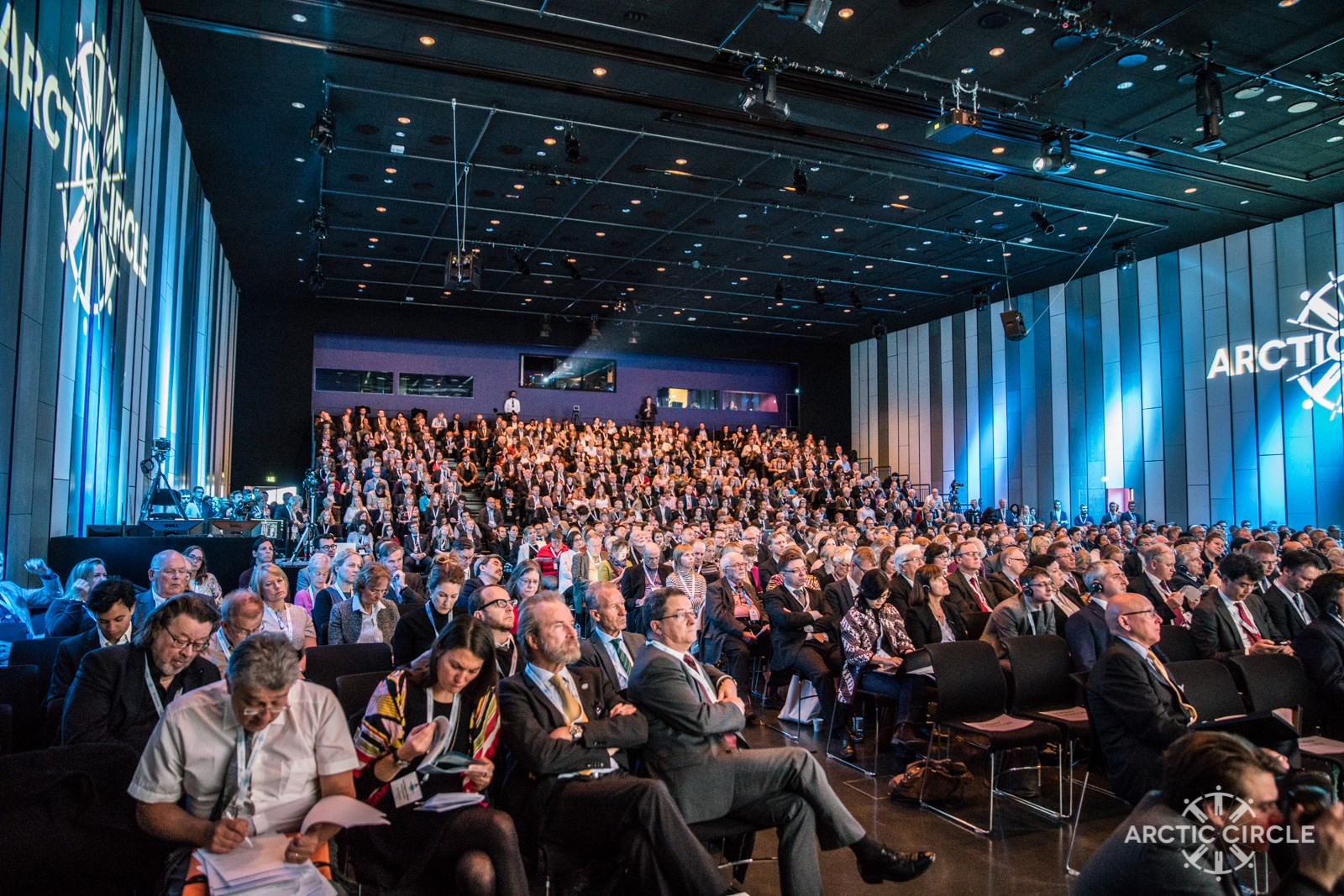Week ahead: The Arctic Circle Assembly convenes

If pinning down the theme of an Arctic Circle conference is elusive, it may be because the annual gathering in Reykjavík, being held this week for the fifth time, has come to define itself as a forum that incorporates the outsider’s point of view.
To be sure, a number of themes that make the program each year — among them shipping, receding sea ice, relations between Russia and the West, China’s interests in the region — are taken up almost any time people with an interest in the North get together.
But, from its founding in 2013, the Arctic Circle set itself aside as something different: Eric Schmidt, then, as now, a top executive with Google, a leading internet firm, spoke about how technologies of the sort that his firm propagates, in particular mapping services, could benefit the region.
The same year also saw experts on the Himalayas invited to speak about how glaciers there were being affected by a warming climate, and whether the Arctic’s own experience with the same phenomenon held any lessons. (Disclosure: Arctic Now founder Alice Rogoff was a co-founder of the Arctic Circle and remains a member of its advisory board.)
The wholehearted embrace of territories lying south of the Arctic circle (including Korea, the UK, Germany at the state level; Québec, Scotland and the U.S. state of Maine at the sub-national) also sends a signal that the conference is an occasion where voices from outside the region are given equal floor space. Something that official Arctic organizations are often loath to do.
This year’s gathering will be no exception. Japan and Scotland are most prominent on the marquee, but the list of participating jurisdictions spans from the supranational (the United Nations) to the microstate (Monaco, Kiribati).
And where heads of state and major international organizations were given top billing in recent years, this year, the nod goes to a higher authority: Patriarch Bartholomew I, the leader of the Eastern Orthodox Church. Also known as the “green patriarch,” his appearance highlights the presence, for the first time, of a significant number of clerics from global religions.
Disrupting the established order never comes without some form of backlash. This year, for example, a format change will see some discussions, particularly those with specialized appeal, pushed to early mornings and late evenings. Doing so ought to end up reducing the number of conflicting sessions (a common complaint every year) but the prospect of days stretching from 8 a.m. until 10 p.m. has been met with a collective groan.
A less superficial criticism has been that while non-Arctic groups have found a home at Arctic Circle, indigenous groups, highly visible during the first conference, were noticeably absent during the second. The trend has continued in subsequent years in part, one Inuit representative put it during the 2015 gathering, because few indigenous leaders could see the point of listening to European businessmen discussing how to make money for their investors while they had real problems to fix at home.
Established Arctic organizations were also slow to embrace the new creation, but academics generally agree that establishing a quasi-official meeting has created a neutral zone where groups from outside the region can offer meaningful contributions to ongoing Arctic conversations— without threatening the influence of the Arctic Council or individual indigenous organizations.